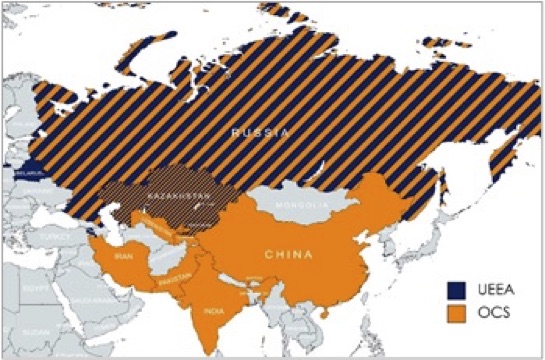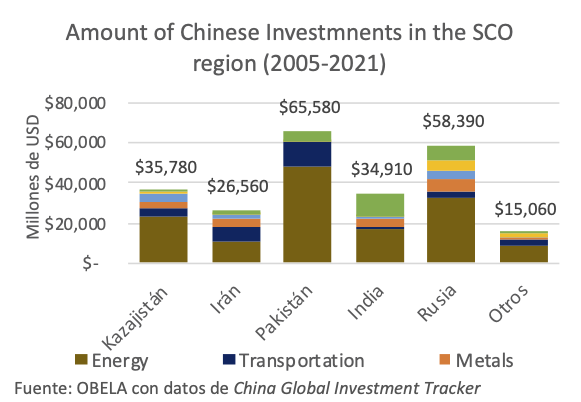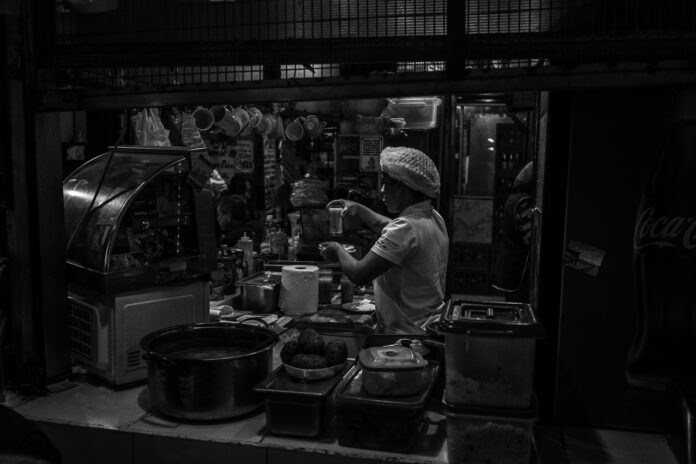The contemporary international scenario calls for regionalisms that are appropriate to the political reality of states. The construction of a region is not limited to the dominant vision promoted by the West and the European Union (EU) model. Eurasian and Latin American integration projects and their transcontinental relationship have become more dynamic recently. The People’s Republic of China (PRC) and the Russian Federation are key actors in this process. Contemporary multilateralism is heterogeneous and bipolar. It develops between the declining hegemony of the United States and the configuration of a new plural order that joins the East and the global South.
Regionalism in Eurasia has two strands: Russian and Chinese. First, Moscow strives to maintain its influence in the post-Soviet space, as exemplified by the Collective Security Treaty Organisation (CSTO) and the Eurasian Economic Union (EEU). Beijing’s interests revolve around the Belt and Road Initiative (BRI). The Sino-Russian relationship is essential for Eurasian regionalism to remain outside Western influence.
The EAEU consists of Armenia, Belarus, Kazakhstan, Kyrgyzstan and Russia. Since 2015, the integration of these countries has been comparable to that of the EU. The bodies with supranational jurisdiction are the Eurasian Economic Commission (EEC) and the EEU Court; the highest authority is the Council, composed of the heads of state of its members. The most important sectors for this region are fossil energy, fertiliser production and cereals.
Central Asia is crucial for connecting Europe with China and the Pacific Rim. Within the framework of the IFR, Beijing is promoting infrastructure projects such as the China-Pakistan Economic Corridors (CPEC) and the China-Mongolia-Russia Economic Corridor(CMREC). The PRC has increased its multilateral presence through the Shanghai Cooperation Organisation (SCO) and signed a free trade agreement with the EEU.

The SCO emerged in 2001 with a security plan but shifted towards economic cooperation since the announcement of the IFR. Its members are Russia, China, Kazakhstan, Kyrgyzstan, Uzbekistan, Tajikistan, India, Pakistan and Iran. The SCO is moving towards creating its financial institutions and establishing intra-regional trade in national currencies. 11% of Chinese investments between 2005 and 2021 are in SCO countries, amounting to USD 236.28 billion, invested mainly in energy and transport.


The Astana International Finance Centre (AIFC), the capital of Kazakhstan, is relevant for Eurasian development and regionalism. The Centre’s strategic partners are the Shanghai Stock Exchange and the IFR Foundation. In 2020, 628 companies from 49 countries were in the AIFC, mostly of Kazakh, Chinese and Russian origin. On the Astana Stock Exchange, 47% of assets are in a currency other than the US dollar.
Eurasia, Latin America and the Caribbean rapprochement are multilateral. The EAEC signed a memorandum of understanding with the Andean Community (CAN) in 2017, with MERCOSUR in 2018 and with the Central American Integration System (SICA) in 2021. In addition, the EAEC signed a joint declaration with the Pacific Alliance in 2019. In 2021, the Bolivarian Alliance for the Peoples of Our America (ALBA) initiated dialogues with the EAEU to cooperate on financial issues.
Latin America is moving towards post-hegemonic regionalism models due to the US systemic crisis and the emergence of China as a competitor. The Community of Latin American and Caribbean States (CELAC) serves as a space for concerted action for the region’s countries and as a platform for rapprochement with others. The CELAC-China Forum, established in 2014, has boosted the relationship between LAC and Beijing. The dialogue has advanced to the point where, in its Action Plan 2022-2024, it speaks of rapprochement with the region’s central banks to facilitate transactions in national currencies. The Asian giant’s presence in Latin America is notable for its investments, trade and renewable energies.
Like the PRC, Russia is approaching LAC through CELAC; since 2015, the Dialogue and Cooperation Mechanism has existed. A vital point of the current relationship with the Kremlin is vaccine diplomacy. Thanks to CELAC’s intervention, the region received millions of doses of Sputnik V; the same happened with Chinese vaccines.
Experiences in Eurasia and Latin America are viable and natural alternatives to post-hegemonic regionalism. These regions and others in the global South have gained ground against the West and Eurocentrism. China has built cooperation networks favourable to its interests. Using the IFR and helping develop its neighbouring countries, it has managed to shift the axis of the world economy from the North Atlantic to the Pacific Rim. Moscow and Beijing are on the same side of bipolar multilateralism. Latin America, always in search of autonomy, is increasingly looking eastwards.








